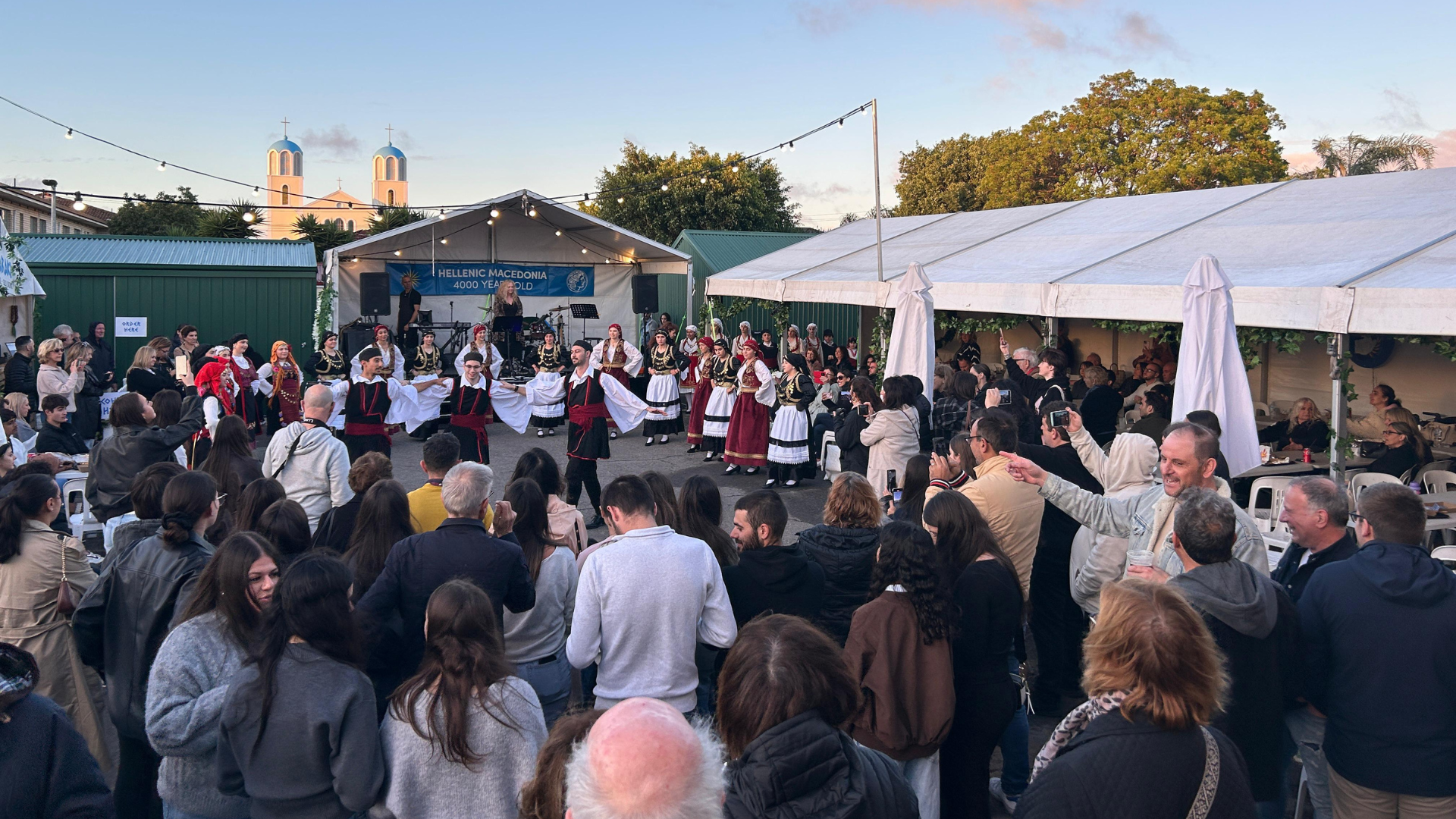The 44th annual Dimitria Festival once again brought the vibrancy of Greek Macedonian culture to the heart of Adelaide, drawing many over two days of music, dance, food, and community celebration.
As the flagship event of the Pan-Macedonian Federation of South Australia – which represents five organisations – the festival continues to serve as a living tribute to the traditions, stories, and spirit of Hellenic Macedonia.
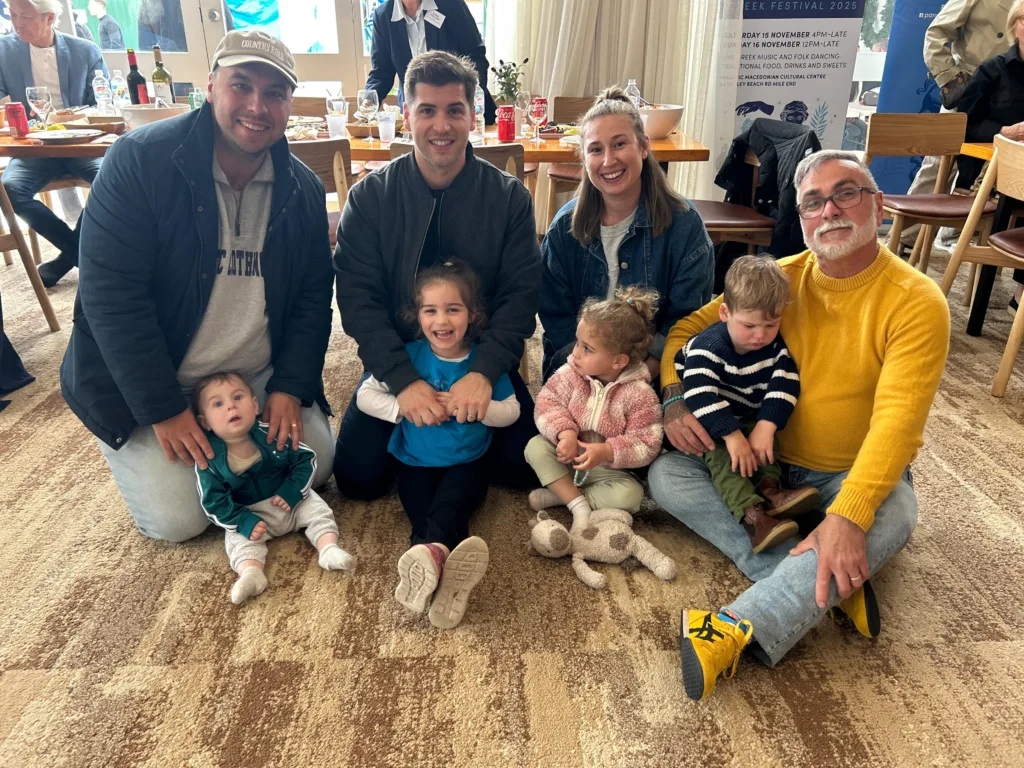
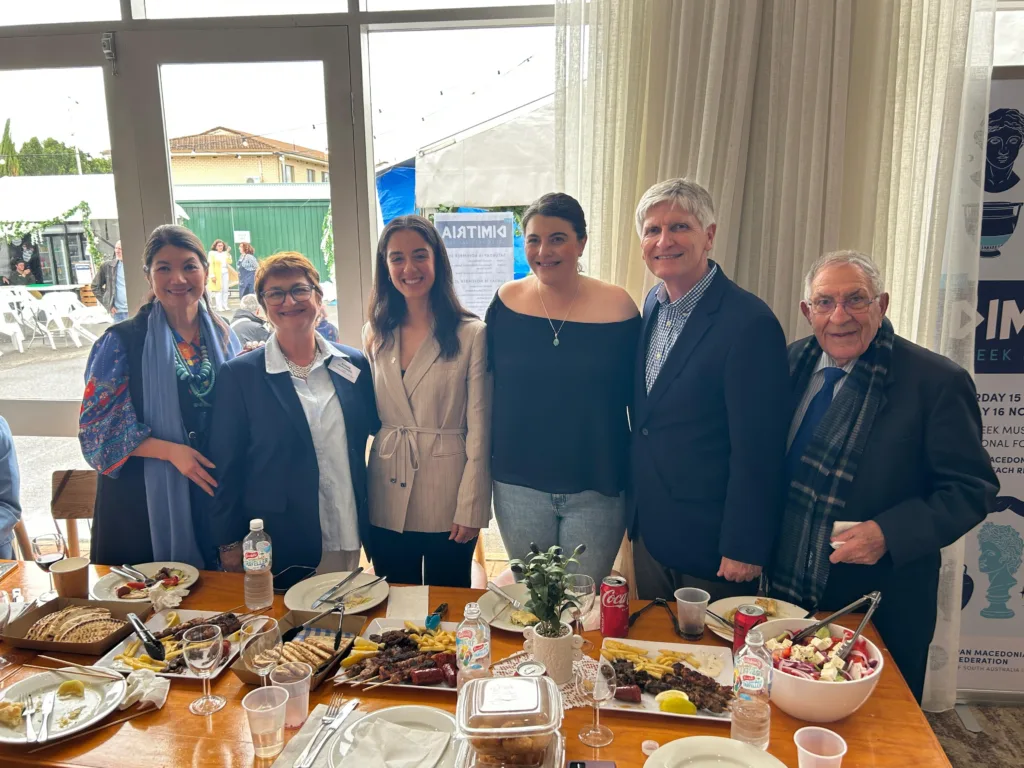
Honouring legacy and community
Opening the celebrations, President of the Pan-Macedonian Federation Konnie Agalianos reflected on the enduring commitment of the Federation and its volunteers. She paid tribute to the generations who built the foundations of the community and whose legacy is honoured every year through the festival.
“This is our 44th year of holding our Dimitria Festival,” Mrs Agalianos said. “We do it for many reasons.



“Firstly, to honour the legacy left to us by parents, and grandparents; and secondly, because it is important: Important to keep our culture in language, faith, music, food, dancing, and bringing the community together. Greeks are known for their filotimo, which means love of honour, which we take seriously, and filoxenia, which literally means love of strangers.
“[It is] a little bit of the Greek village here in Adelaide, but of course, nothing of this is possible without our wonderful volunteers.”
Mrs Agalianos’ remarks captured not only the festival’s celebratory spirit, but also its deeper purpose: to ensure that culture is lived, practiced, and passed on.
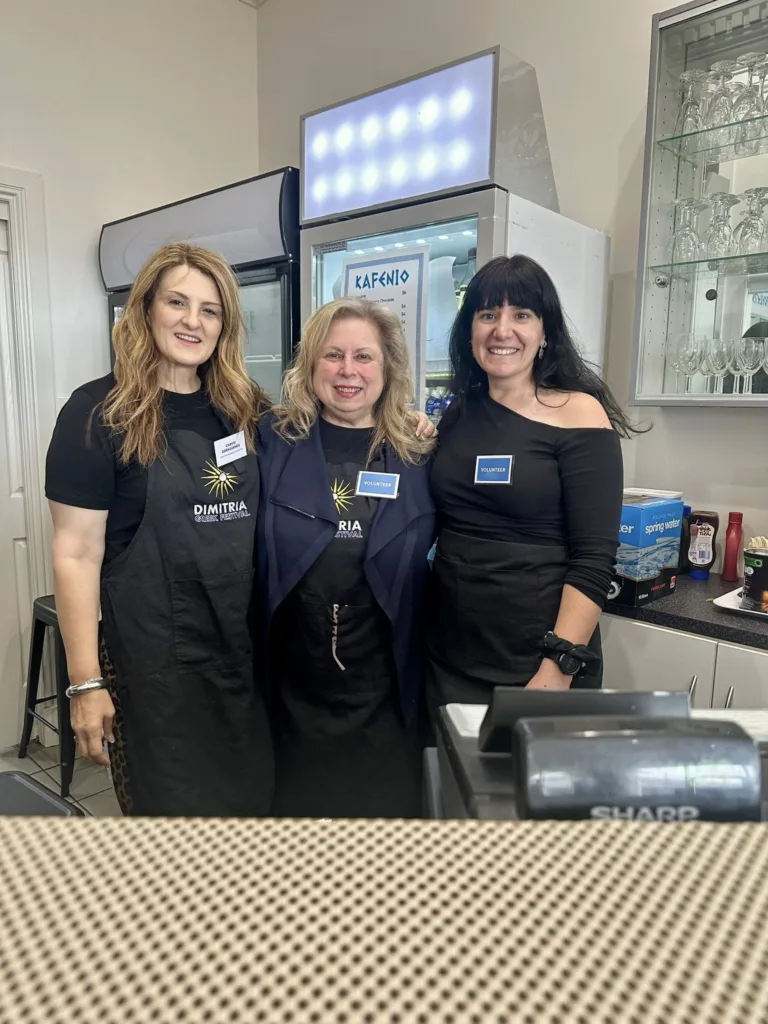
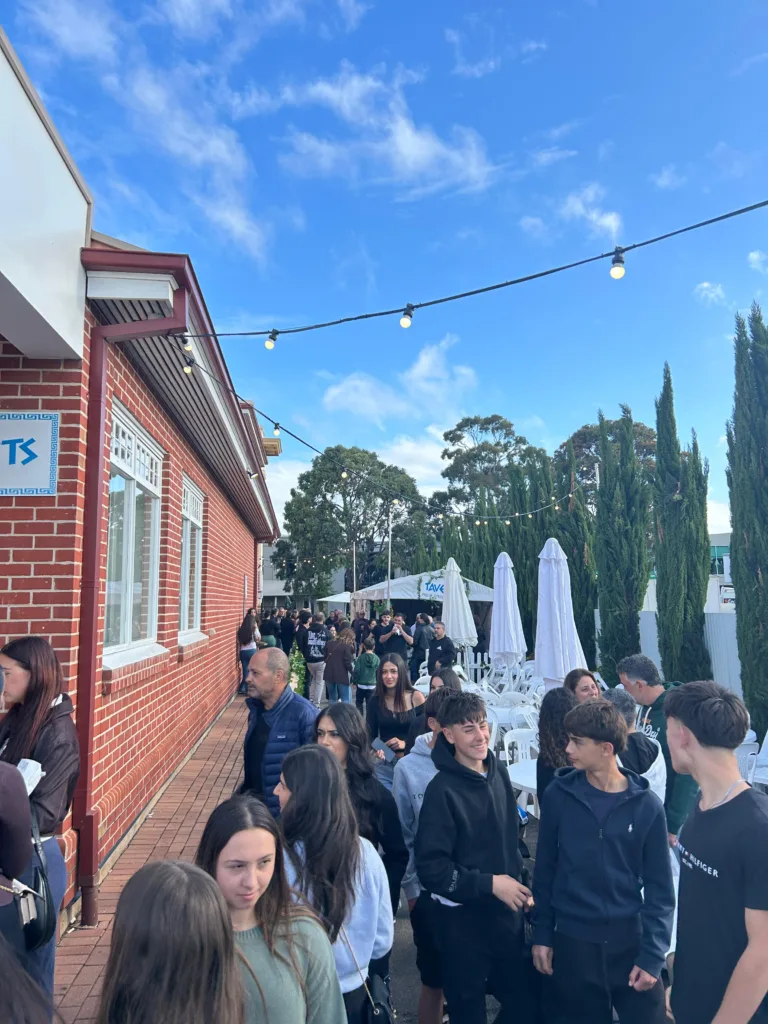
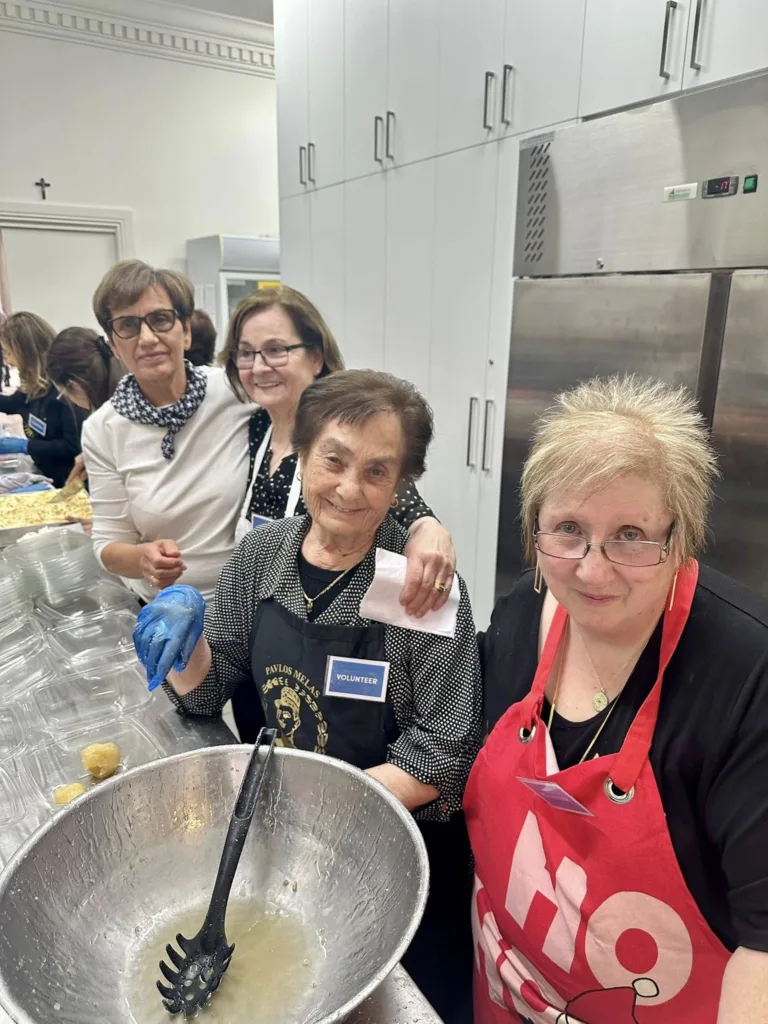
Acknowledging the impact of Greek migration in SA
Representing the Premier and Treasurer, Aria Bolkus offered a reflection on her own family history and the resilience of Greek migrants whose contributions continue to shape SA.
“The [Hellenic] community has given me the opportunity to be where I am now. To that end, it’s where yiayia and pappou migrated to, and where I spent days sitting around kitchen tables, talking about their stories, coming to Australia,” Ms Bolkus said.
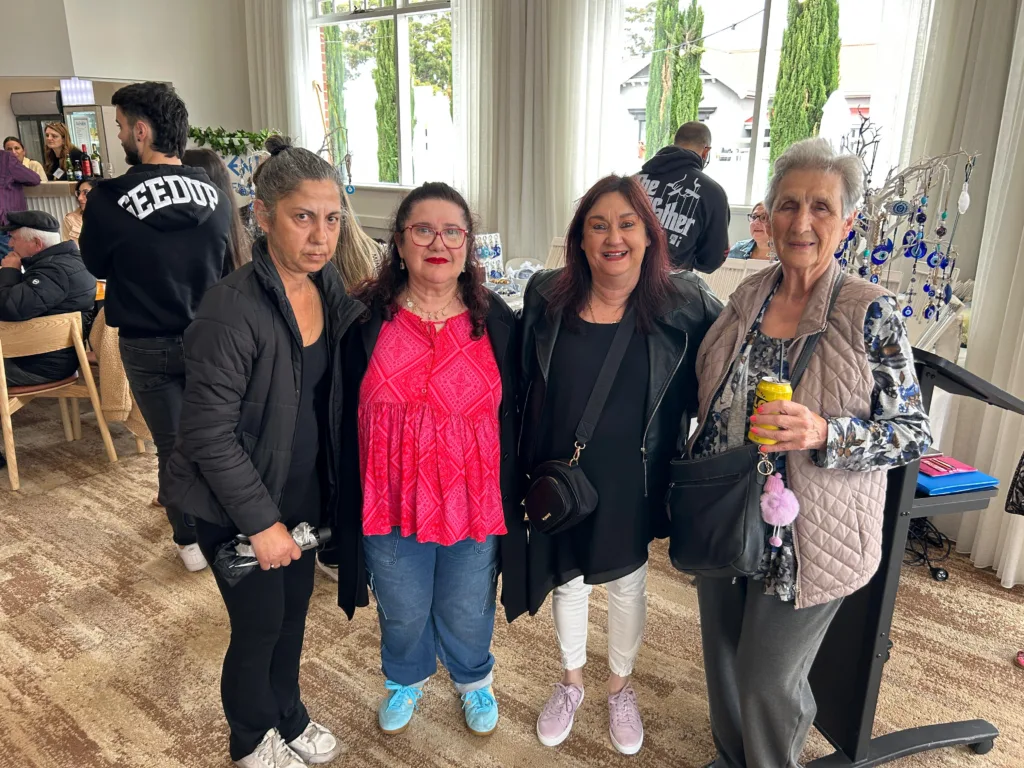
“Something that stuck with me… is they had that story of grit and determination that, despite not knowing the language or having assurance that where they were going was better than where they were. They knew they had to do it…
“[T]hey came here, they established themselves, they opened small businesses, and they established these communities, and that grit and determination … And my job now and our job now, for the younger generations, is to carry forward these traditions, these events, and our culture, [which is] what makes us who we are.”
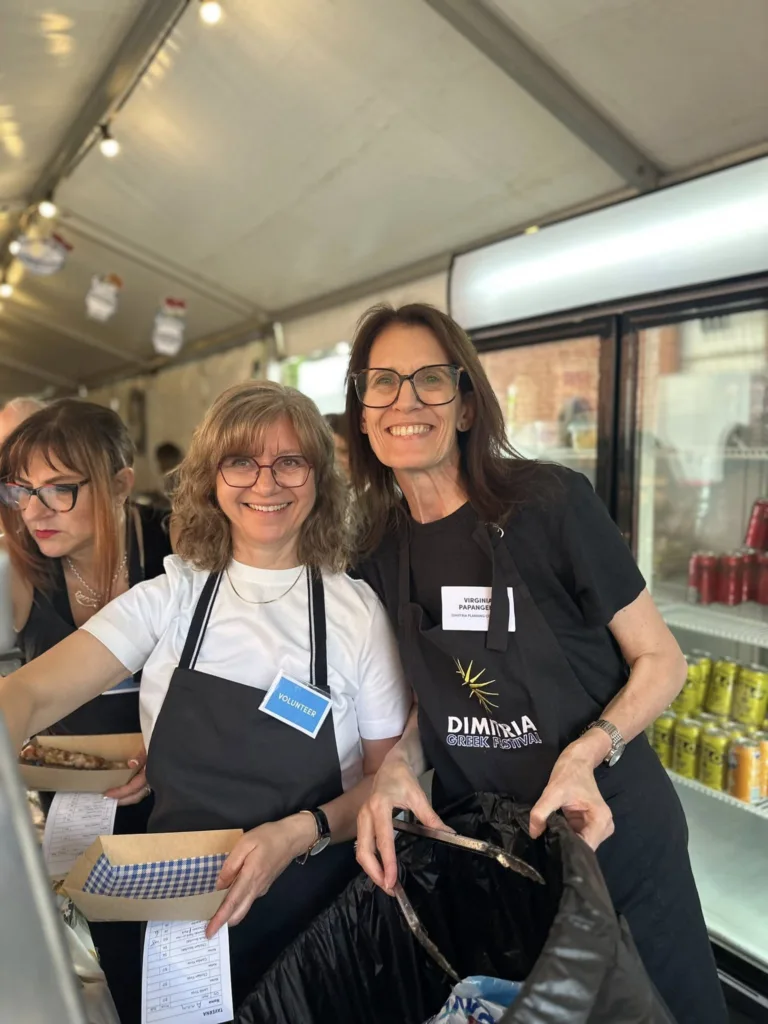
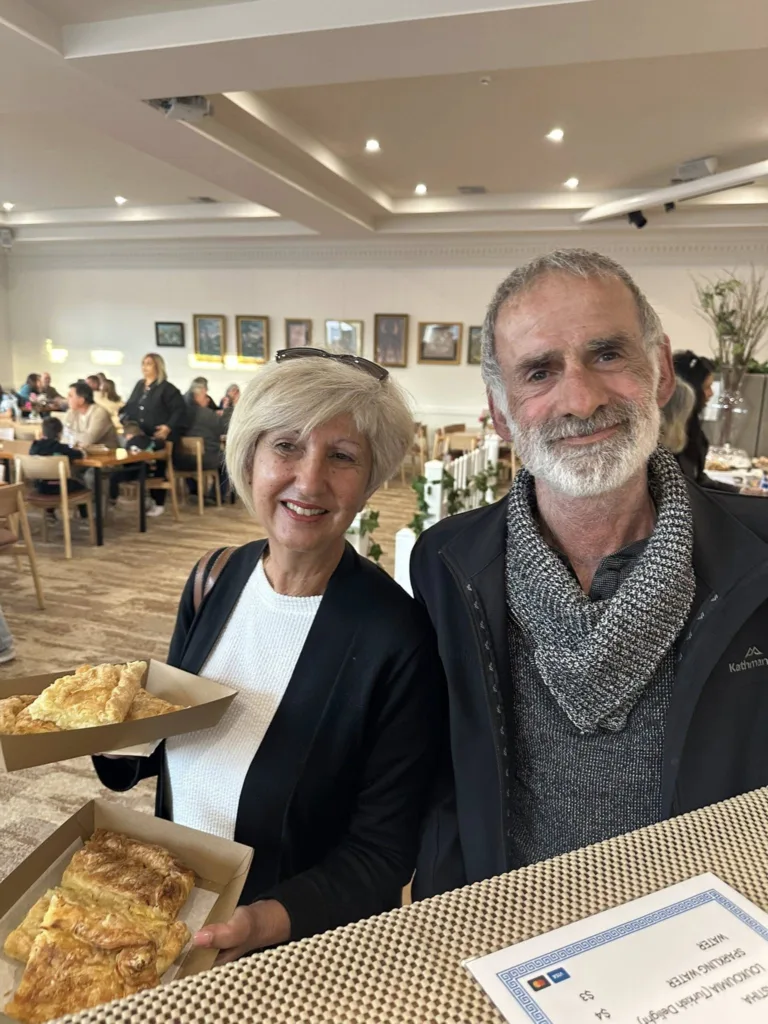
Further acknowledging the festival’s significance, the Hon. Josh Teague MP, representing the Leader of the Opposition, congratulated the community on its long-standing dedication to sustaining Greek Macedonian heritage in SA.
“You don’t get to be the second largest Dimitria Festival outside Thessaloniki [without hard work]… It should be, and is, a great source of pride [for the community],” Mr Teague said.
The Mayor of West Torrens, Michael Coxon, alongside Councillor George Demetriou, echoed this sentiment, emphasising the profound cultural values at the heart of Greek identity.

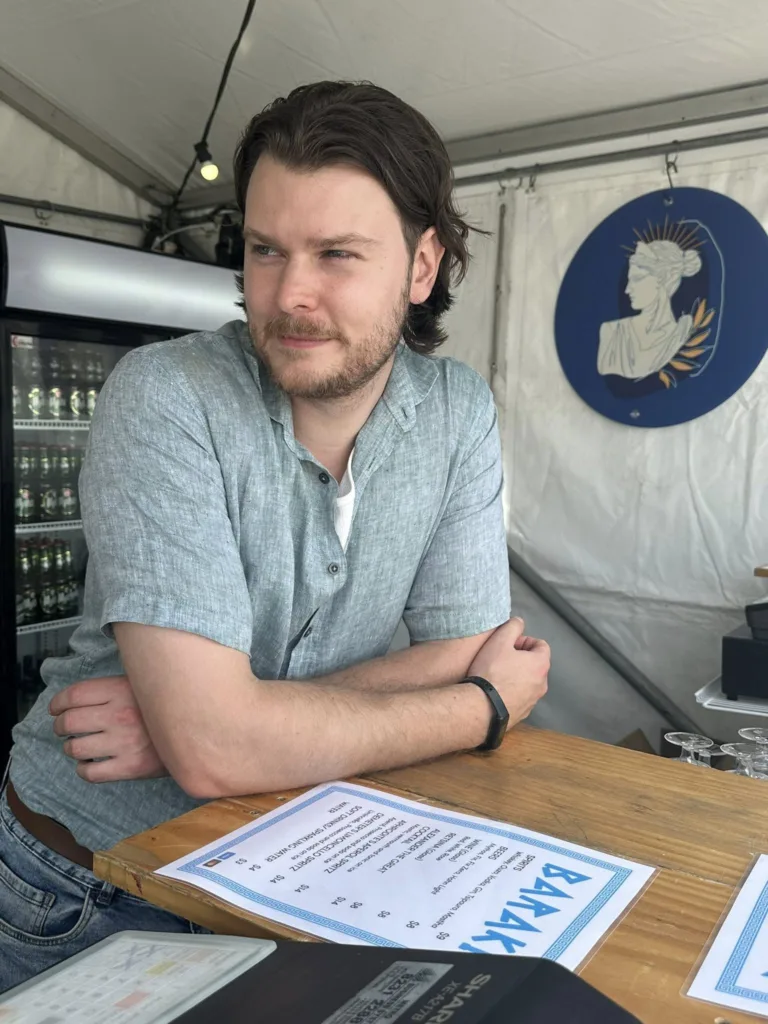
“… I love everything about the Greek culture, and the Greek people in particular. There is so much that you have to be proud of. Your culture is absolutely astounding. The care for the stranger. Your love of honour. Filanthopria, filotimo and filoxenia …” Mayor Coxon said.
He also highlighted the historical significance of the Federation itself, announcing his wish for the West Torrens Historical Society to record its legacy because the “history over the last 65 years of the Pan Macedonian Federation, [is] also a history of West Torrens.”
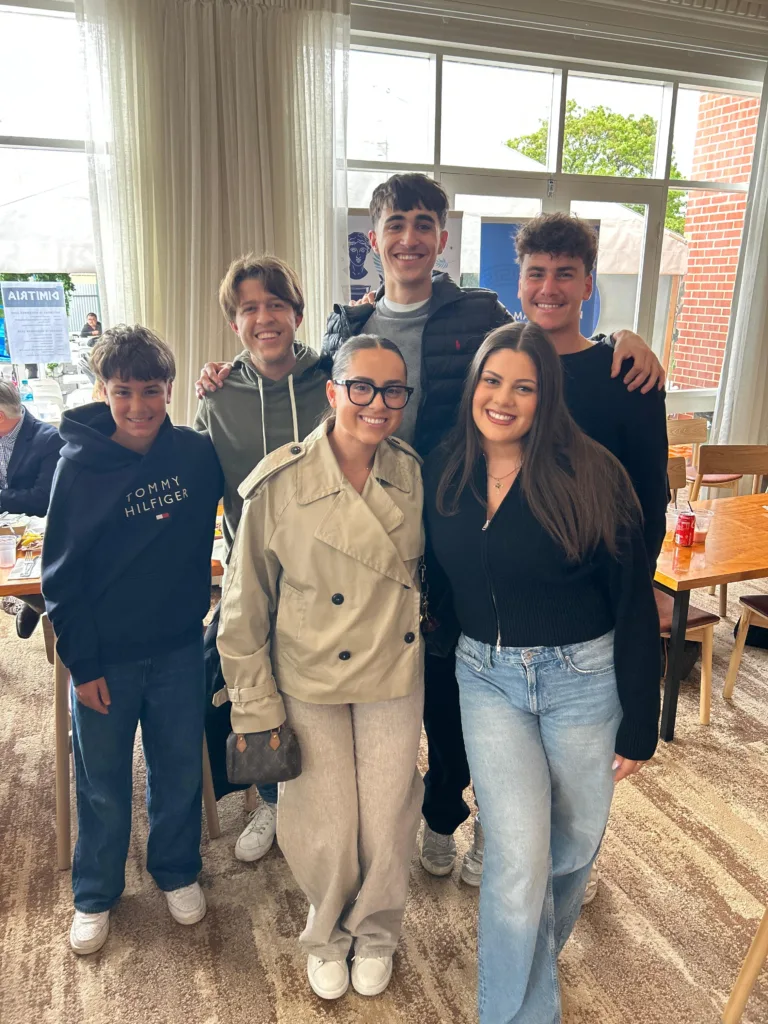

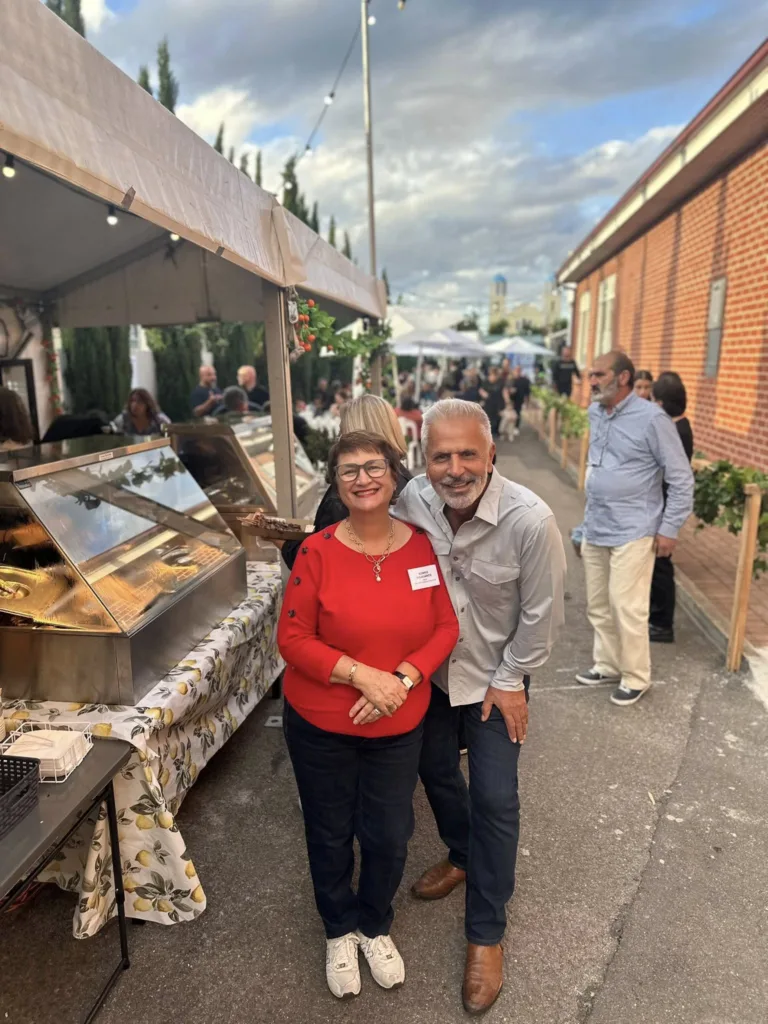
Dance, costume, and the living tradition of Greek Macedonia
A standout feature of the event was the impressive showcase of traditional dances performed by groups including the Greek Orthodox Community of South Australia Dance Group, the Greek Lyceum of SA, and the Flambouron Philanthropic Society. Their performances drew applause for their authenticity, precision, and spirited energy.
Speaking on behalf of the GOCSA Dance Academy, Evelyn (Evlalia) Darzanos highlighted the unique history and symbolism embedded in the dances and costumes presented by GOCSA.

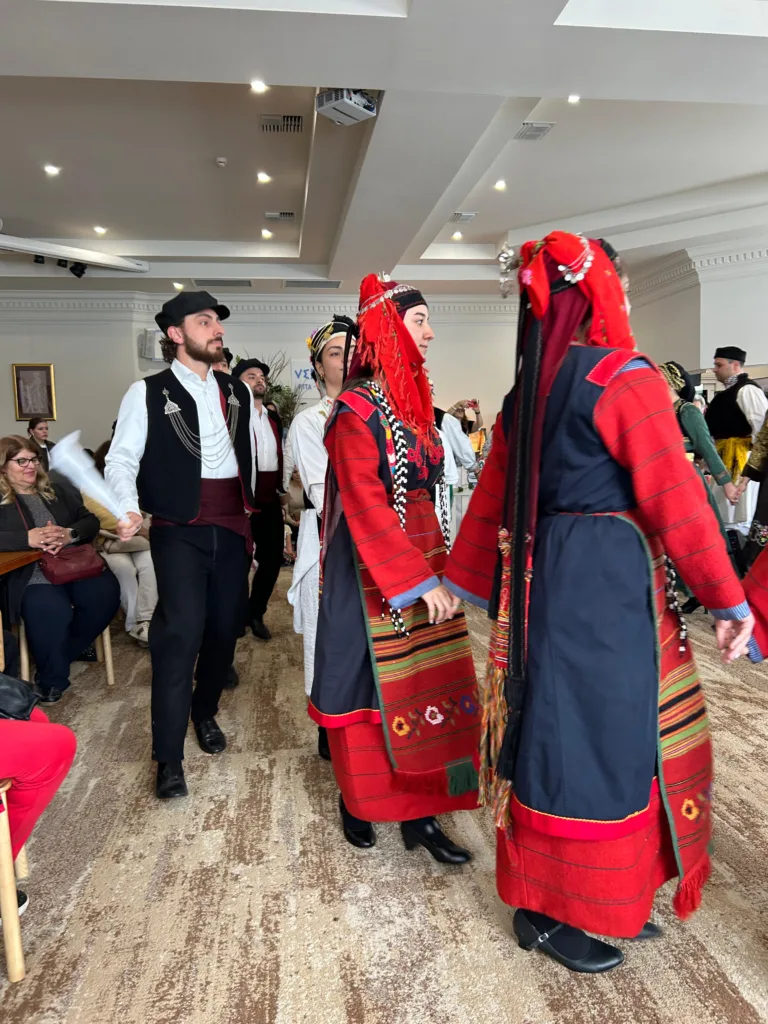

“The women’s costumes showcased today, are from Námata – Kozani, Liti – Thessaloniki and from Roumlouki – Imathias. The men’s costumes are from Veria- Imathias and from Aridaia – Pella/Almopia,” she said.
“The Makrinitsa dance the women [performed] is a traditional, unique women’s dance from Imathia, which is danced in honour and in memory of the women of Naoussa who fell into the Arapitsa River during the ‘Destruction of Naoussa’ in 1822. Its history is directly linked to the epic sacrifice of the women, who preferred to fall into the waters of the river with their children, rather than surrender to the Turks during the Revolution.”
Her explanation grounded the performances in the deeper historical narratives that shape Greek Macedonian identity, giving audiences a meaningful connection to the past.
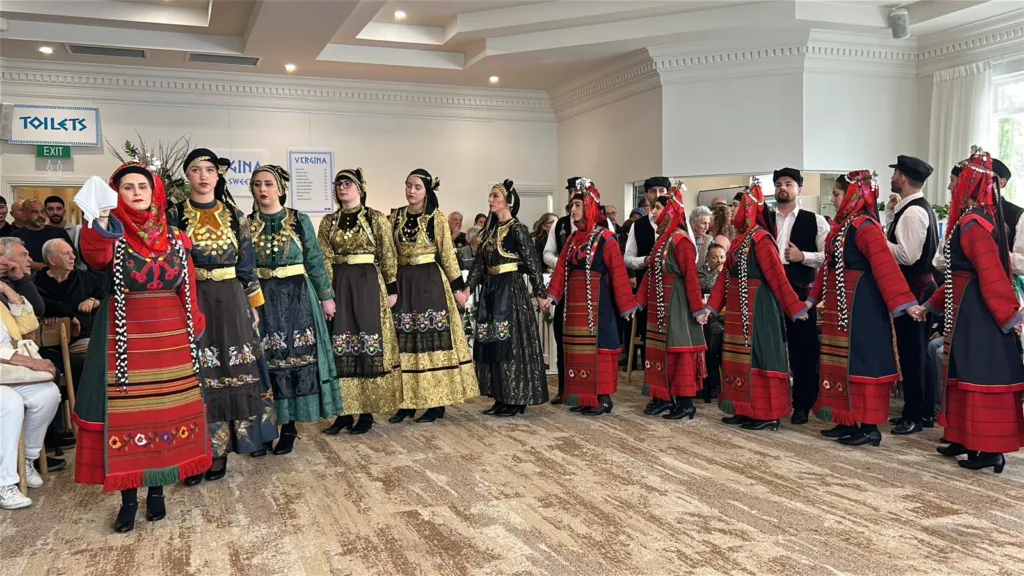
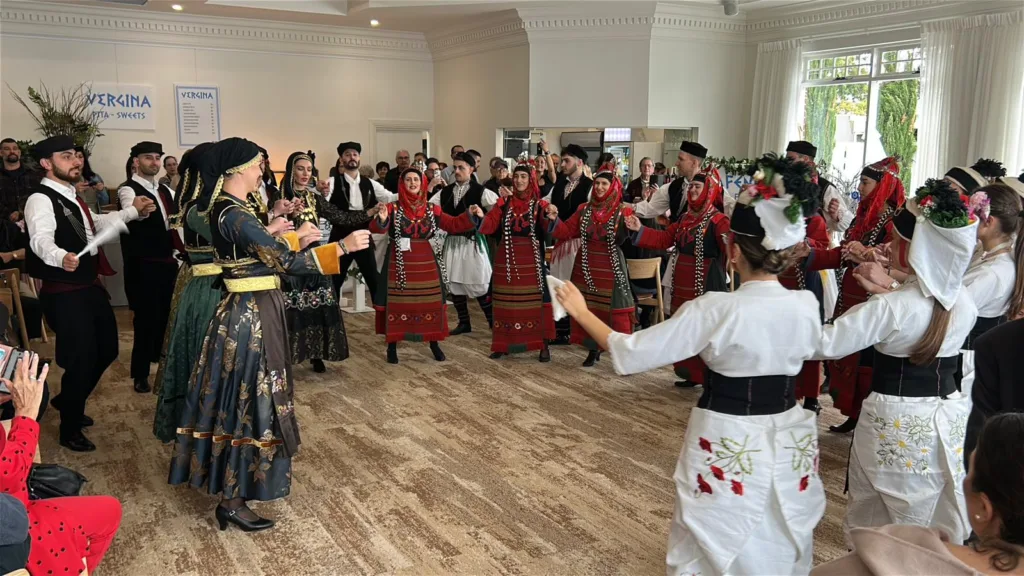
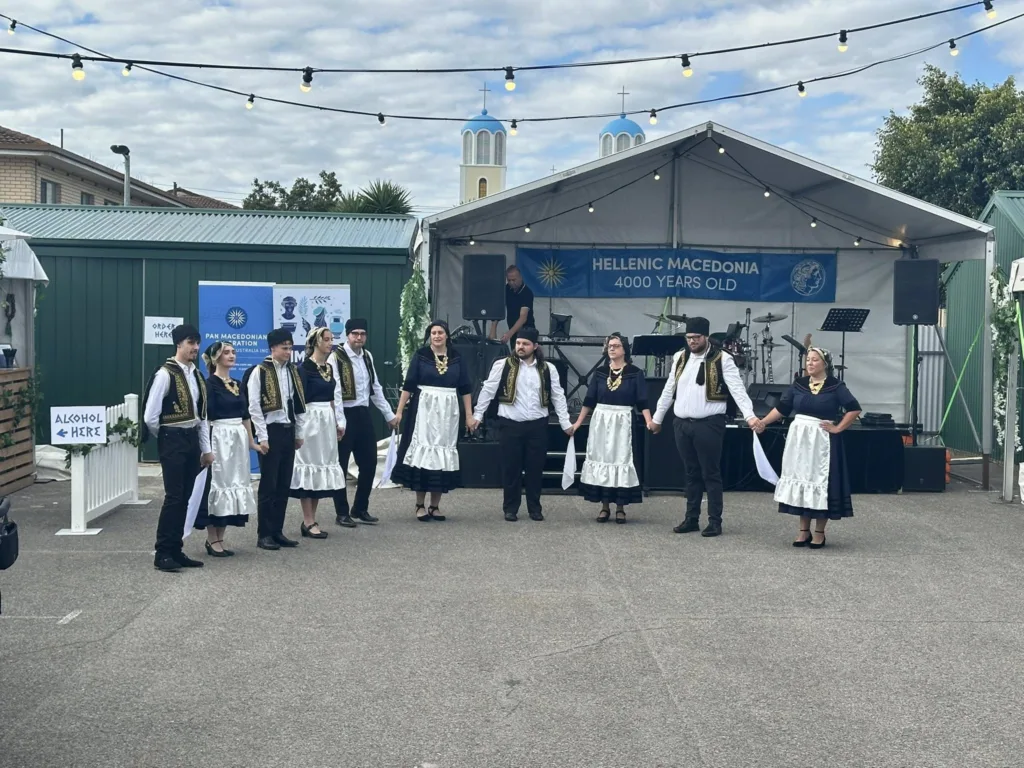
A night of celebration and kefi
As the sun set, the festival grounds filled with the sounds of live Greek music, energising the crowd and inspiring spontaneous dancing – a hallmark of every Dimitria celebration.
With an atmosphere alive with kefi, families and friends came together to honour their shared heritage and revel in the warmth of Hellenic community life.
The 44th Dimitria Festival served not only as a celebration of culture, but also as a reminder of the resilience, unity, and pride that define SA’s Macedonian and broader Greek communities.
